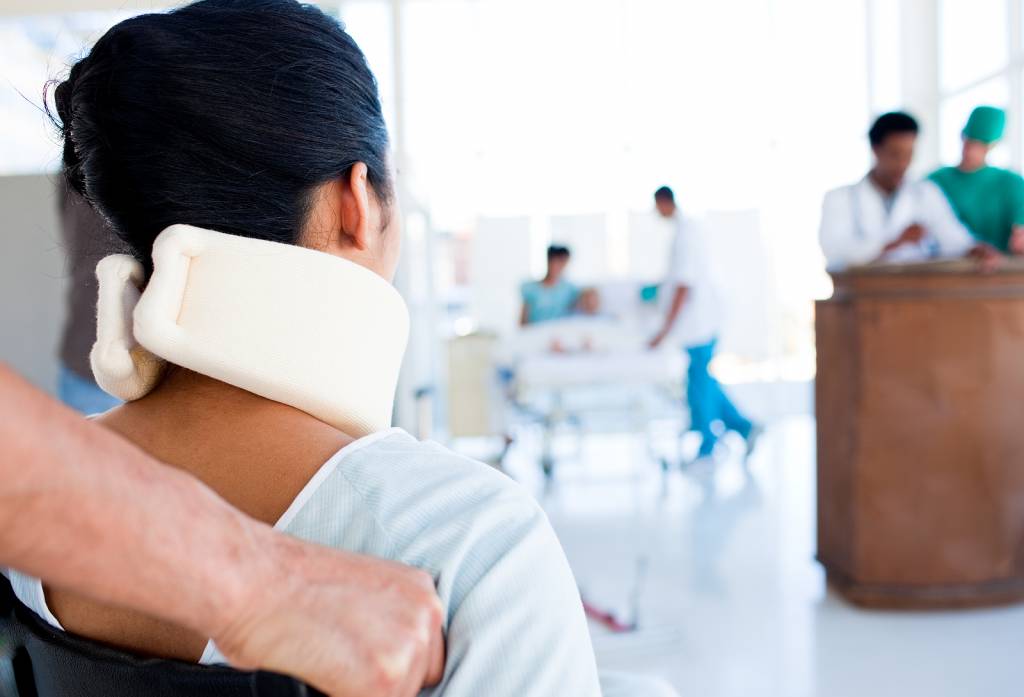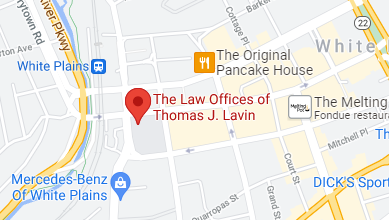Navigating Negligence Claims in New York Public Transit Accidents
Using public transportation is a way of life in New York City and the surrounding area, whether that’s commuting to and from work or exploring all the Big Apple has to offer. In 2023, 3.6 million people in New York took the subway every day, and another 1.4 million used the city’s public bus transportation. While using public transit means that you don’t have to worry about navigating through traffic or road conditions, it also means that you’re giving up an element of control and putting your trust and faith in someone else. If an accident occurs, you need to know what your rights are and how to prove negligence in a legal case.
How Liability Is Determined in New York
New York is a no-fault state when it comes to motor vehicle accidents, which means that victims receive compensation from their own insurance companies up to the maximum benefit when an accident occurs. This is true regardless of whose fault the accident was. This system is designed to cut down on lawsuits and make it easier and faster for injured victims to receive compensation.
Applying New York’s Liability Rules to Public Transportation
While a public transportation accident clearly differs from a car crash, many people are surprised to find out that the liability rules still apply. If your damages were less than $50,000, you will file with your own insurance company in most cases.
However, if your damages were more than this and you want to file a lawsuit, the process can differ from a normal personal injury case. If you’re suing the Metropolitan Transit Authority, you will need an experienced lawyer to help you navigate the legal system.
The 4 Necessary Elements to Prove Negligence?
If your damages are more than personal injury protection (PIP) insurance covers, you may be able to file a personal injury lawsuit against the responsible party. In public transportation accidents, this is generally the rail operator or the bus driver. To pursue a case, you must be able to prove each of the four elements below.
The Presence of a Duty of Care
Before someone can be considered negligent, they must have first had a duty of care. This is easily established with those in charge of public transit because they have a responsibility to do everything they can to prevent accidents and ensure the safety of their passengers. When you step onto a bus or board a subway car, you are entrusting the operator with your life, and they are taking on the duty of care by driving the vehicle.
A Breach in That Duty
A driver or operator must breach their duty of care to the passengers to be considered negligent. This means acting in a way that causes an accident, such as a bus driver running a red light, or being distracted or otherwise failing to perform their job duties. For example, if a bus driver is turning around to talk to a passenger and isn’t looking at the road, this could be considered not acting in accordance with the duty of care and, therefore, being negligent.
An Accident Caused by the Breach of Duty
To pursue a civil case against a negligent public transit operator, you must be able to show that the accident was directly caused by the person’s negligence. Insurance companies and the legal teams working for the public transit authorities will do everything in their power to deny that their operator caused an accident. This includes trying to ascribe blame to other parties. A personal injury attorney familiar with public transportation accidents can anticipate these antics and have a strategy for handling them. File a NOC within 90 days and and a year and 90 days to file a lawsuit and 30 days to file an NF2 for your medical bill to be paid.
The Plaintiff Suffered Damages
The last element in a public transportation accident case is that the plaintiff must have suffered damages as a result of the accident. To be able to pursue a civil claim, those damages must total more than the PIP coverage. While $50,000 may seem like a great deal of money, it doesn’t take long to accumulate more than that in medical bills if it was a severe accident and you have major injuries, such as a traumatic brain injury.
The defendant’s legal team may try to argue that your injuries were caused by something else, such as a car wreck or fall unrelated to the public transit accident. This is why it’s important to gather evidence, such as your medical records, to show how and when you were injured and the extent of those injuries.
If you can convince the jury that each of these four elements was more likely to have occurred than not, you will win your case and be awarded compensation in line with your financial losses and pain and suffering.
You put your trust in public transit operators every time you board a bus or train. When that trust is abused and you’re injured as a result, you need the help of The Law Offices of Thomas Lavin. Call our firm at 718-957-8695 to talk to a member of our team about how we can help.






